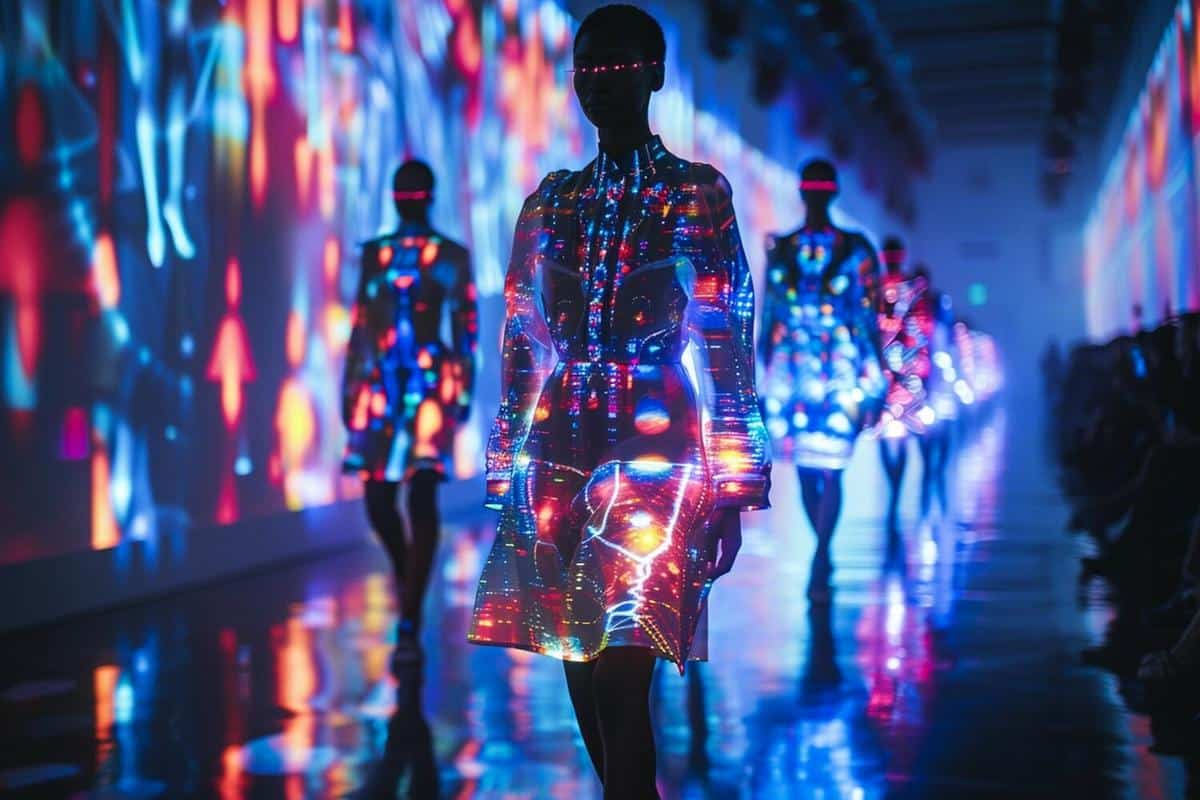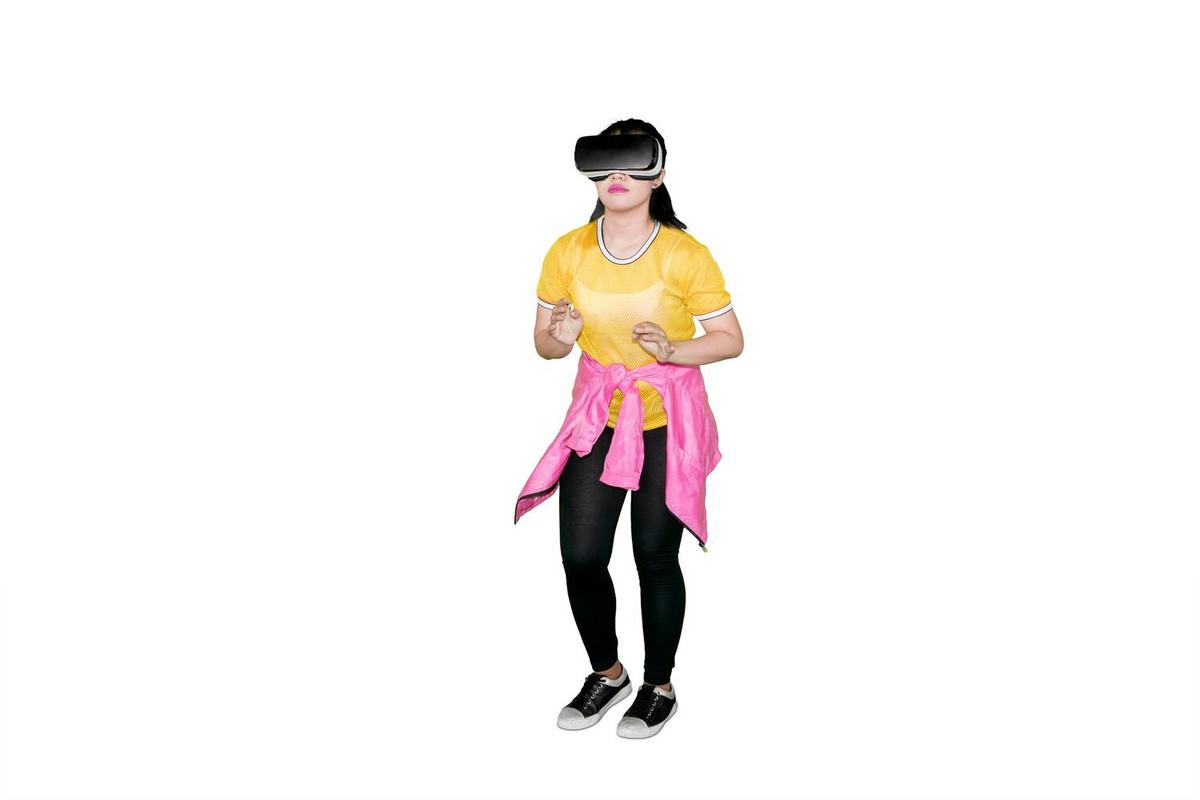
NFTs in Fashion: A Digital Revolution
The intersection of fashion and technology has birthed a new trend that’s reshaping the industry: NFTs. These digital assets are not only changing how we perceive fashion but also how we consume and experience it. The rise of NFTs in fashion represents a digital revolution that promises to redefine creativity, ownership, and exclusivity.
NFTs, or non-fungible tokens, have surged in popularity, gaining traction across various sectors, with fashion being one of the most intriguing arenas for their application. These unique digital assets are disrupting traditional fashion paradigms by offering new modes of interaction and commerce.
What Are NFTs in Fashion?
NFTs in fashion represent digital ownership of unique fashion items, be it virtual garments, accessories, or even runway shows. These tokens, stored on blockchain technology, ensure authenticity and rarity, which are highly valued in the fashion world.
Expert Insights
Fashion industry expert, Anna Wintour, highlighted in a recent interview that “NFTs are creating a paradigm shift, offering designers unprecedented creative freedom and consumers a new form of digital expression.” This insight underscores the transformative potential of NFTs in fashion.
Impact on Fashion Industry
The integration of NFTs in fashion has led to an innovative interplay between digital and physical worlds. According to a report by Statista, sales of digital fashion items have increased by 200% in the past year, pointing to a significant shift in consumer behavior.
Real-World Examples
Consider the case of digital fashion designer, Amber Jae Slooten, whose NFT collections have been showcased in virtual fashion weeks, offering immersive experiences that blur the lines between reality and the digital realm.
Actionable Tips
- Stay informed about NFT trends by following industry leaders on social media.
- Explore platforms like OpenSea to understand the marketplace for digital fashion items.
- Consider investing in NFTs as a way to diversify your digital portfolio.
Comparison Table: Traditional Fashion vs. NFT Fashion
| Aspect | Traditional Fashion | NFT Fashion |
|---|---|---|
| Ownership | Physical | Digital |
| Authenticity | Brand Mark | Blockchain Technology |
| Exclusivity | Limited Editions | Unique Tokens |
| Accessibility | Physical Stores | Online Platforms |
| Creativity | Material Limitations | Boundless Possibilities |
| Market | Local/Global | Global |
| Environmental Impact | Material Usage | Digital Footprint |
| Consumer Interaction | Tangible Experience | Virtual Experience |
Pro Tip:
If you are a fashion brand, consider launching a limited edition NFT collection to create buzz and engage with tech-savvy customers.
FAQs About NFTs in Fashion
What makes NFTs valuable in fashion?
NFTs offer a combination of rarity, exclusivity, and digital ownership, which enhances their value in the fashion industry.
How can consumers benefit from NFT fashion?
Consumers can enjoy unique digital experiences and own exclusive fashion items that can appreciate in value over time.
Are NFTs environmentally friendly?
While NFTs have a digital footprint, advancements in blockchain technology are working towards reducing their environmental impact.
Conclusion
In summary, NFTs are reshaping the fashion landscape, offering innovative ways for designers and consumers to interact and engage with fashion. As this digital revolution continues, it presents new opportunities and challenges for the industry. Embracing NFTs could be a step towards the future of fashion that is both exciting and revolutionary.


